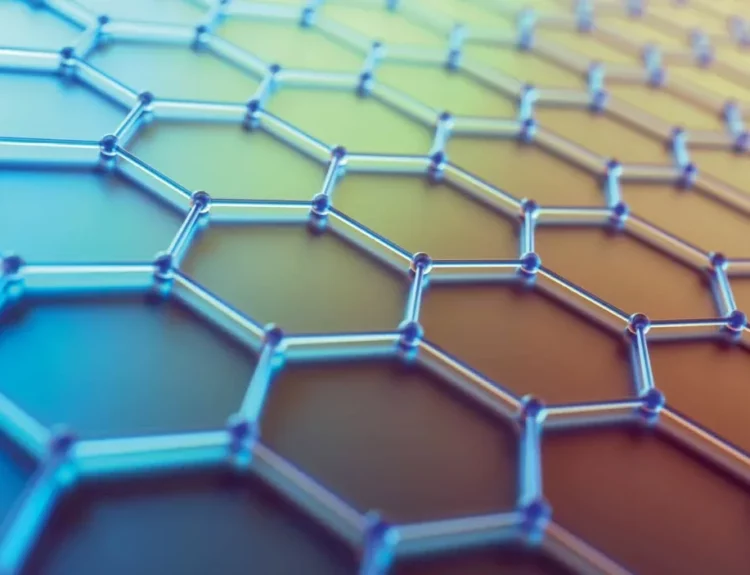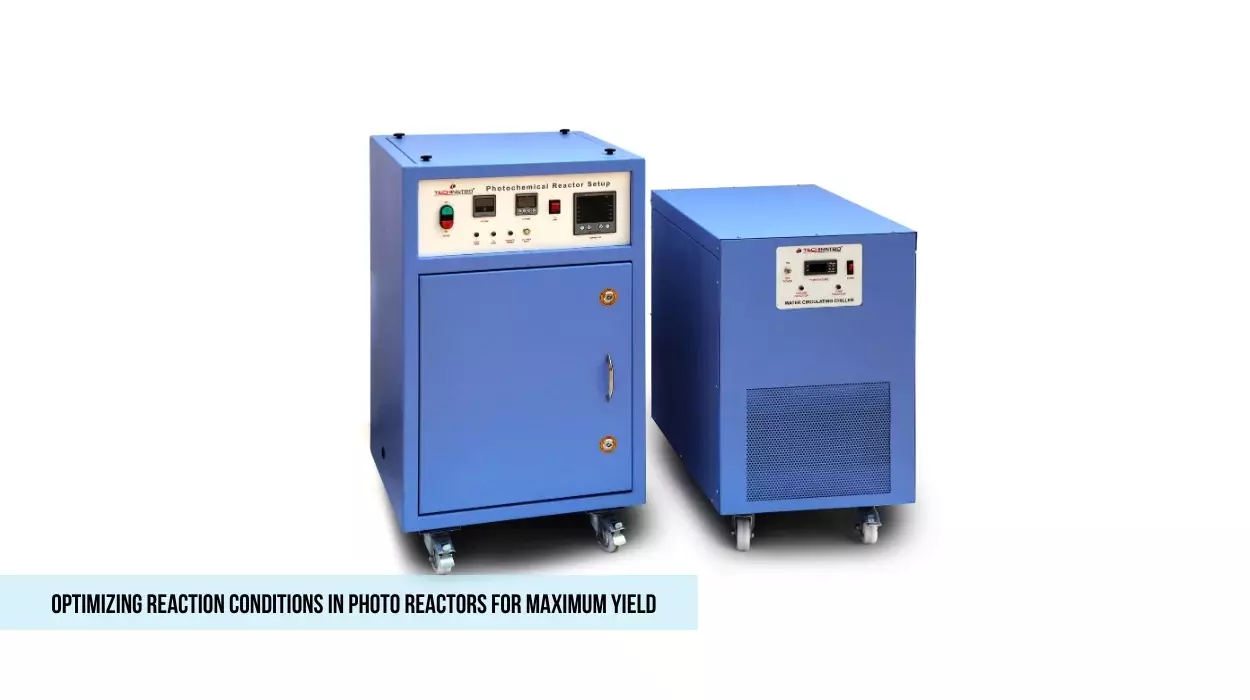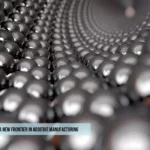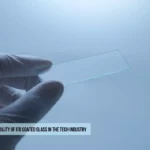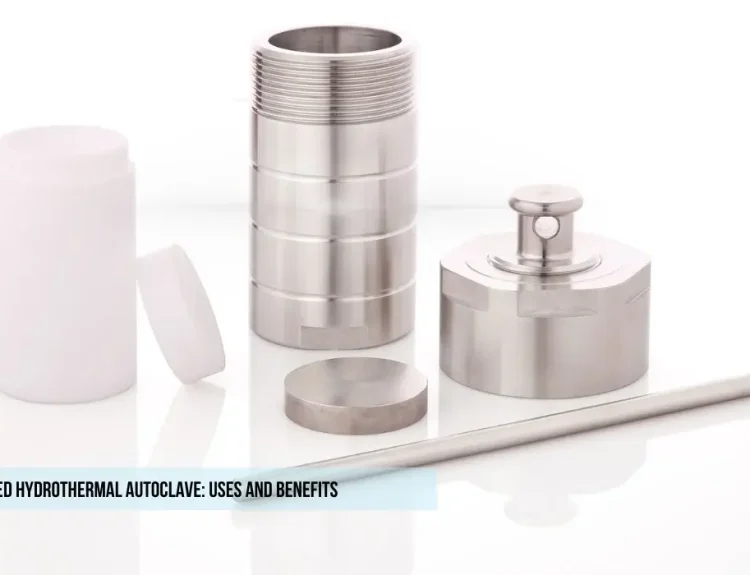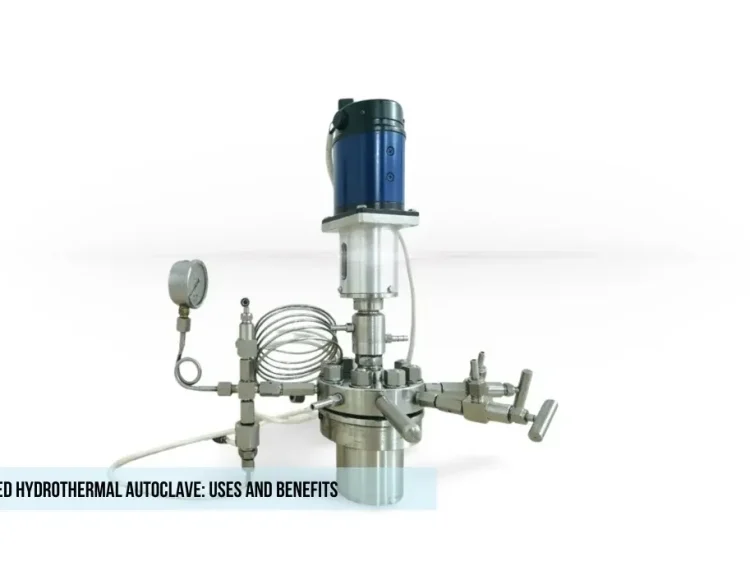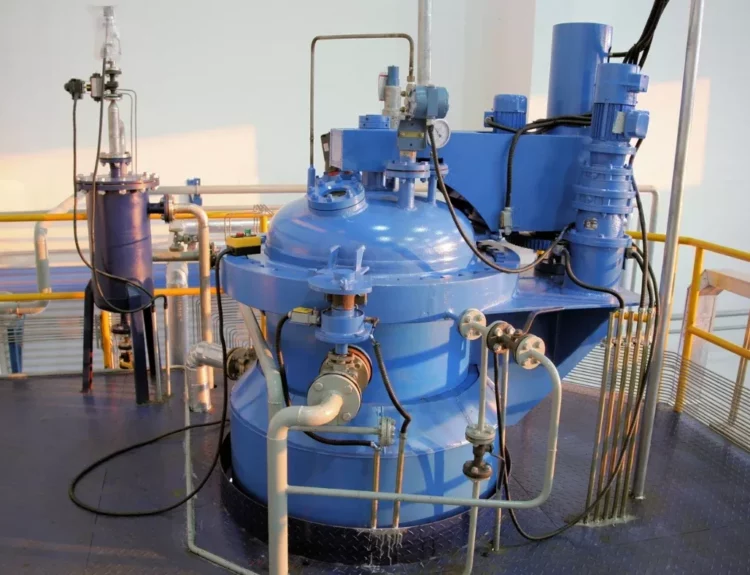Introduction
Photo reactors are special devices that use light to drive chemical reactions. They are widely used in research, pharmaceuticals, and water purification. To get the best results from these reactors, scientists must carefully adjust different conditions to maximize the reaction yield. This article explains how reaction conditions can be optimized and effectively.
Key Factors for Optimization Reaction Conditions in Photo Reactors
To improve the efficiency and yield of reactions in a photo reactor, several factors must be considered:
Light Source and Intensity
- The type of light (UV, visible, or infrared) affects how well the photocatalyst absorbs energy.
- The intensity of the light should be strong enough to activate the reaction but not so high that it causes unwanted side effects.
Buy Photochemical Reactors
Reaction Time
- The longer the reaction runs, the more products can form.
- However, too much exposure can lead to side reactions that reduce efficiency.
Temperature Control
- Some reactions work best at specific temperatures.
- Too high a temperature can degrade the catalyst, while too low a temperature may slow the process.
Catalyst Concentration
- A suitable amount of photocatalyst ensures efficient absorption of light.
- Too little catalyst leads to slow reactions, while too much can block light penetration.
Reactor Design and Mixing
- The shape and size of the reactor should allow even distribution of light and reactants.
- Proper stirring or mixing ensures all reactants interact effectively.
Reactant Concentration and Purity
- The reactants’ quality and concentration influence the reaction’s speed and efficiency.
- Impurities may interfere with the response, reducing yield.
Techniques to Improve Efficiency Reaction Conditions in Photo Reactors
- Use of Reflectors and Mirrors: Enhancing light distribution to reach all reactor parts.
- Controlled Dosing: Adding reactants at the correct rate prevents waste and side reactions.
- Automation and Sensors: Monitoring conditions like temperature, light intensity, and progress of response ensures consistency.
Conclusion
Optimizing reaction conditions in photo reactors is essential for achieving the highest yield and efficiency. Scientists and engineers can improve reaction performance by carefully controlling light, temperature, catalyst concentration, and reactor design. With continued technological advancements, photo reactors will become even more effective in various applications, making chemical processes more sustainable and productive.
